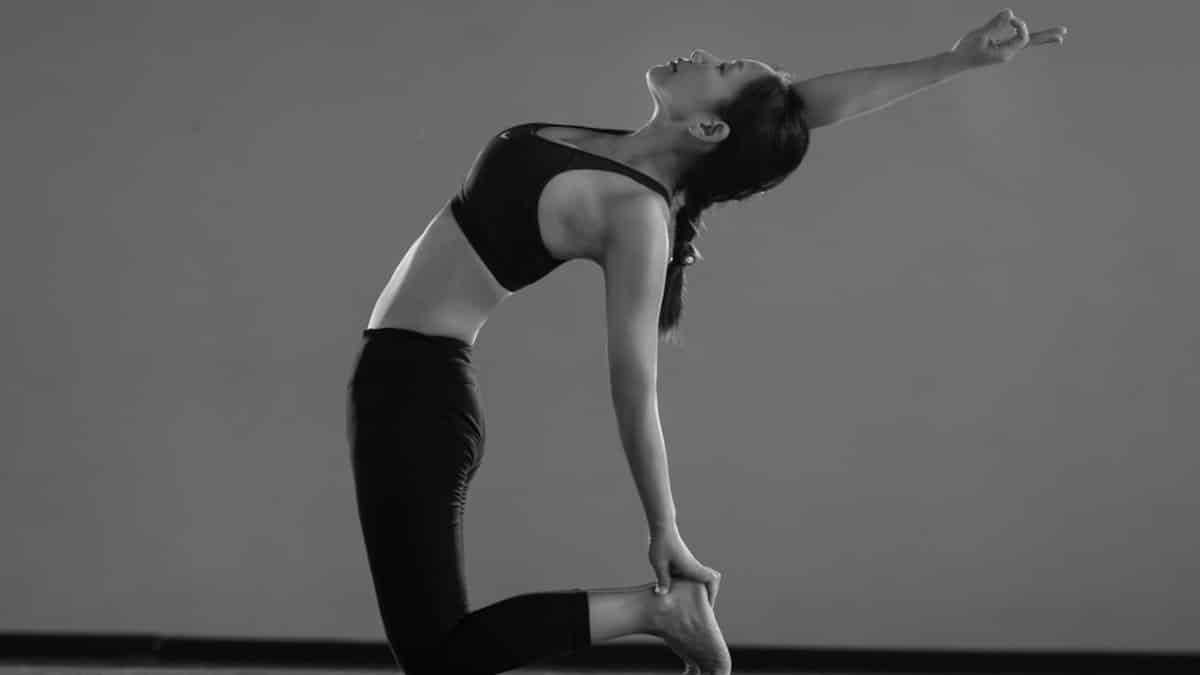Sunlight filtered through a small studio window in a quiet corner of Portland, Oregon, as a group of practitioners moved in unison, their breaths syncing with deliberate, opposing motions. One moment, they stretched upward with intensity; the next, they folded inward, softening. This dance of energy—known as polarity yoga flows—captures a growing interest among those seeking balance in a world that often feels wired and restless. For many, it’s not just about physical movement but about recalibrating the nervous system, a need that resonates deeply in 2025 as stress and burnout remain persistent challenges. These flows, built on the interplay of activation and release, offer a tangible way to navigate the push and pull of daily life. What makes them unique is their focus on duality—charging up, then grounding down—a rhythm that mirrors the body’s natural cycles.
1. Energize and Soothe: Sun Salutation to Child’s Pose
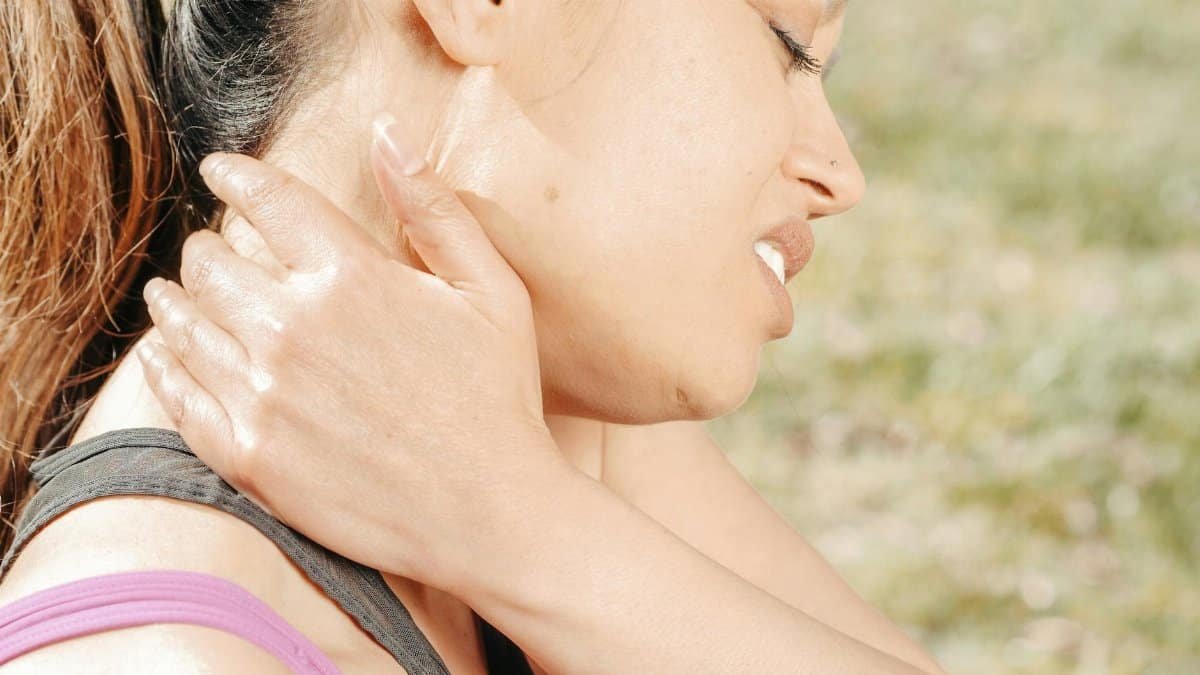
Begin with a classic Sun Salutation, a sequence that ignites energy through dynamic movement. Flow through upward reaches and forward folds, feeling the heart rate climb. Then, drop into Child’s Pose, knees wide, forehead to the mat, arms stretched or relaxed. Stay here for five slow breaths. This polarity yoga flow pairs the heat of action with the coolness of surrender, a perfect entry point for resetting the nervous system. One practitioner described the shift as “waking up, then hitting a soft reset button.” It’s a small but powerful way to ease into the concept of balance through contrast.
The science behind this duality isn’t just anecdotal. Research from the National Institutes of Health highlights how alternating between active and restorative yoga poses can stimulate the parasympathetic nervous system, promoting calm after exertion. Try this flow in the morning to set a grounded tone for the day.
2. Strength and Release: Warrior I to Forward Fold

Step into Warrior I, back leg strong, front knee bent, arms reaching skyward. Hold for a few breaths, feeling the power in your stance. Then, release into a Standing Forward Fold, letting the head hang heavy and shoulders soften. This shift from a commanding posture to a yielding one mirrors the nervous system’s need for both activation and recovery. It’s less about perfection and more about noticing how the body responds to each extreme. A moment of tension, then a wave of relief. This flow works well midday when energy often dips.
3. Open and Close: Backbend to Seated Fold
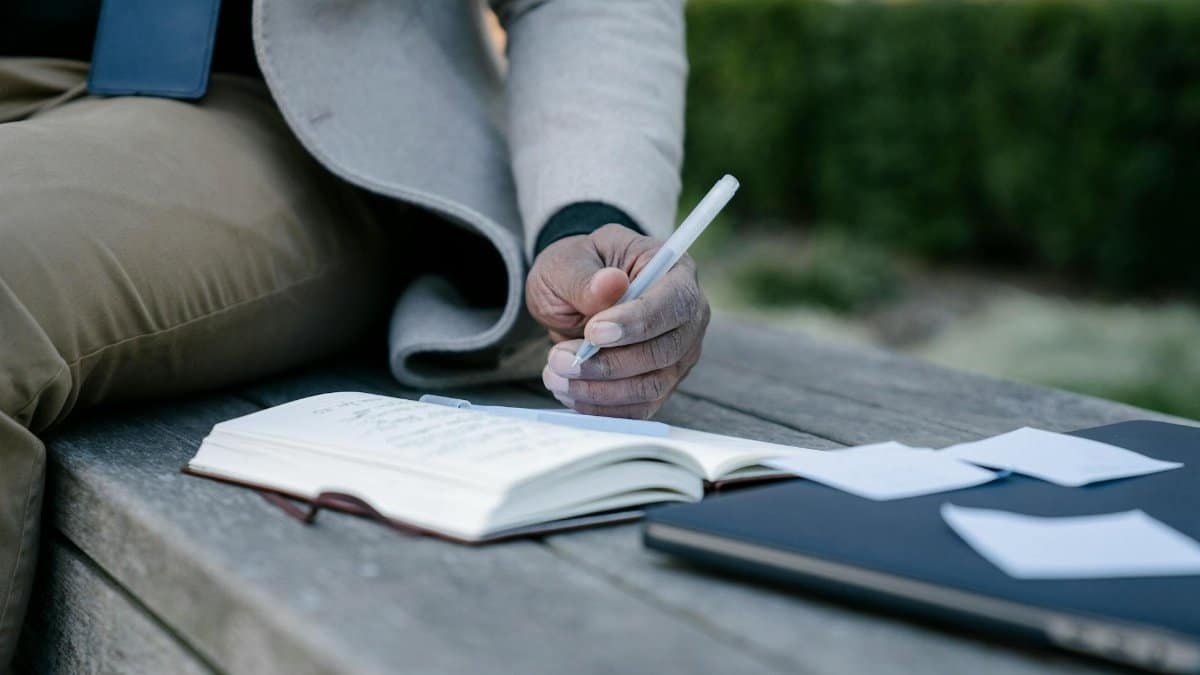
Start with a gentle backbend like Cobra Pose, lifting the chest while grounding the pelvis, opening the heart center. Feel the expansion for a few breaths. Then, transition to a Seated Forward Fold, hinging at the hips, letting the spine round. This polarity yoga flow contrasts exposure with introspection, a physical metaphor for how the nervous system toggles between alertness and rest. Studies from the Frontiers in Immunology suggest that such movements can reduce stress markers like cortisol, supporting emotional regulation.
4. Ground and Lift: Tree Pose to Mountain Pose with Arm Raise
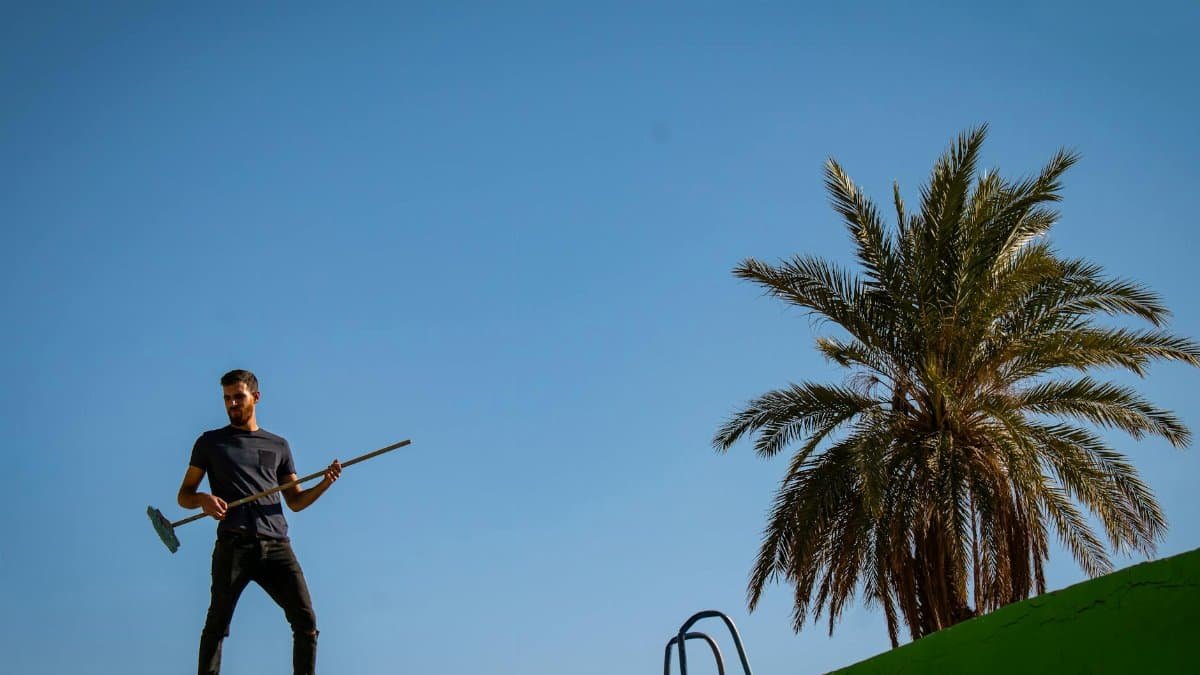
Find balance in Tree Pose, rooting one foot into the earth while pressing the other sole against the inner thigh, hands at heart center. Hold steady. Then, step both feet down into Mountain Pose, raising arms overhead with a deep inhale. This flow moves from a focused, grounding effort to an expansive, uplifting gesture. It’s a reminder that stability and aspiration aren’t opposites but partners. Use this sequence when feeling scattered—it’s a quick way to reconnect.
5. Twist and Unwind: Revolved Triangle to Wide-Legged Fold
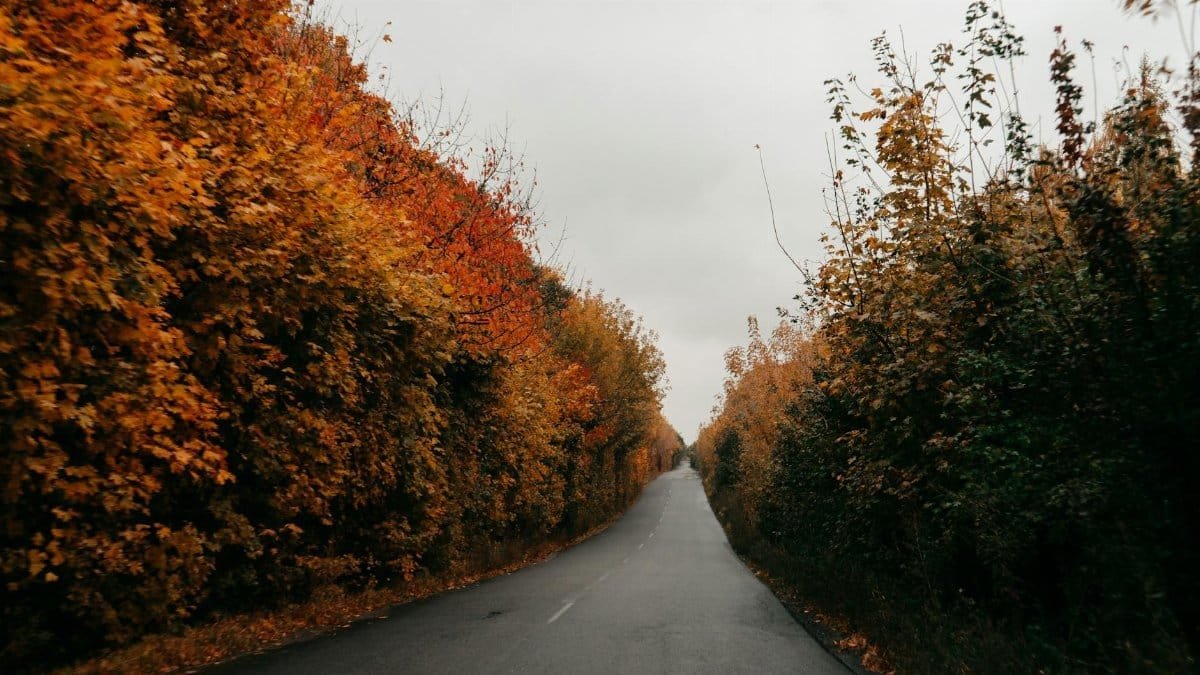
Enter Revolved Triangle, one hand to the floor, the other reaching up, torso twisting. Feel the spine engage. After a few breaths, unwind into a Wide-Legged Forward Fold, hands down or clasped behind, letting gravity pull. This pairing of rotation and release eases tension in the back while shifting the body’s energy. It’s particularly effective after long hours at a desk, a common complaint in online discussions about physical strain in 2025. One anonymous account shared feeling “untangled” after similar flows, a sentiment that captures the relief of letting go.
6. Charge and Calm: Plank to Downward Dog
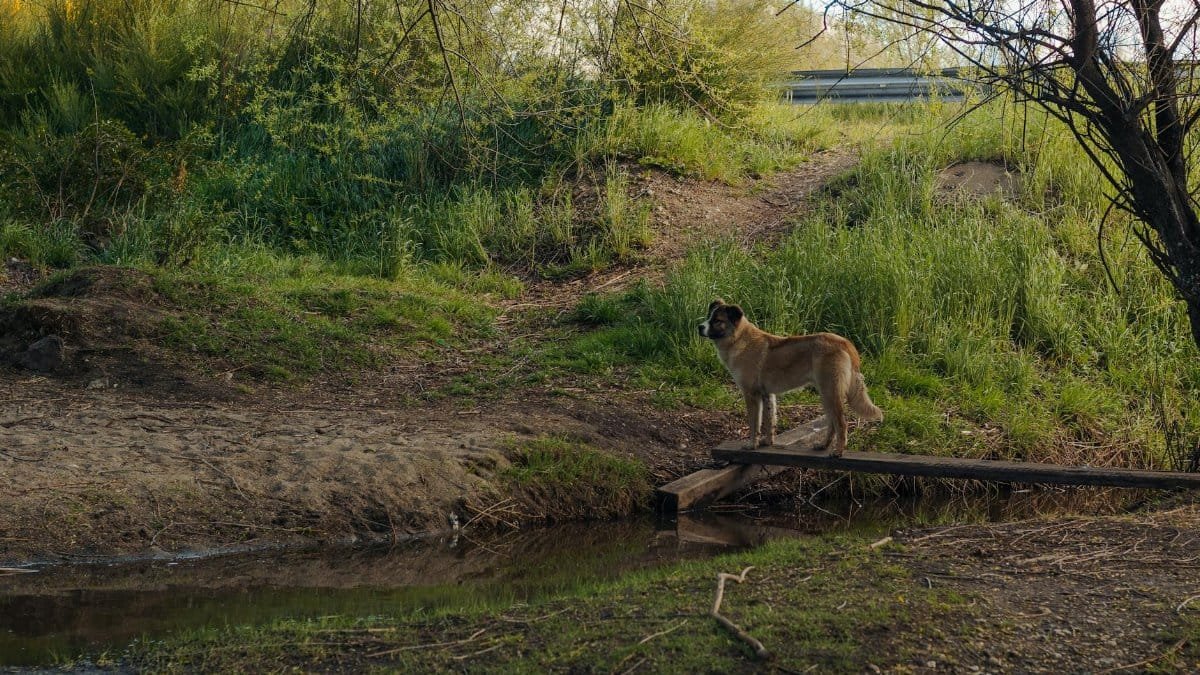
Hold a Plank Pose, core tight, shoulders over wrists, building heat for 20 seconds. Then, lift hips into Downward-Facing Dog, pedaling the feet to release tension. This flow alternates between effort and ease, stimulating then soothing the nervous system. Research from the Medicine & Science in Sports & Exercise Journal shows that such dynamic-to-static transitions can enhance vagal tone, a marker of nervous system health. It’s a go-to for a quick energy reset.
7. Expand and Contract: Side Angle to Bound Side Angle

From Extended Side Angle, elbow on knee, arm reaching over, feel the side body stretch. Then, wrap the arms into Bound Side Angle, binding under the leg if possible. This flow moves from an open, expressive pose to a contained, introspective one. The shift teaches the body to adapt, a skill the nervous system craves under stress. Try it when emotions feel heightened—it’s subtly grounding.
8. Rise and Rest: Chair Pose to Legs-Up-the-Wall

Sink into Chair Pose, knees bent, arms up, thighs burning for a few breaths. Then, lie down for Legs-Up-the-Wall, resting the legs vertically against a surface. This drastic switch from exertion to inversion flips the body’s energy, calming the fight-or-flight response. It’s a favorite for late afternoons when fatigue creeps in, offering a literal and figurative shift in perspective.
9. Focus and Soften: Eagle Pose to Easy Pose
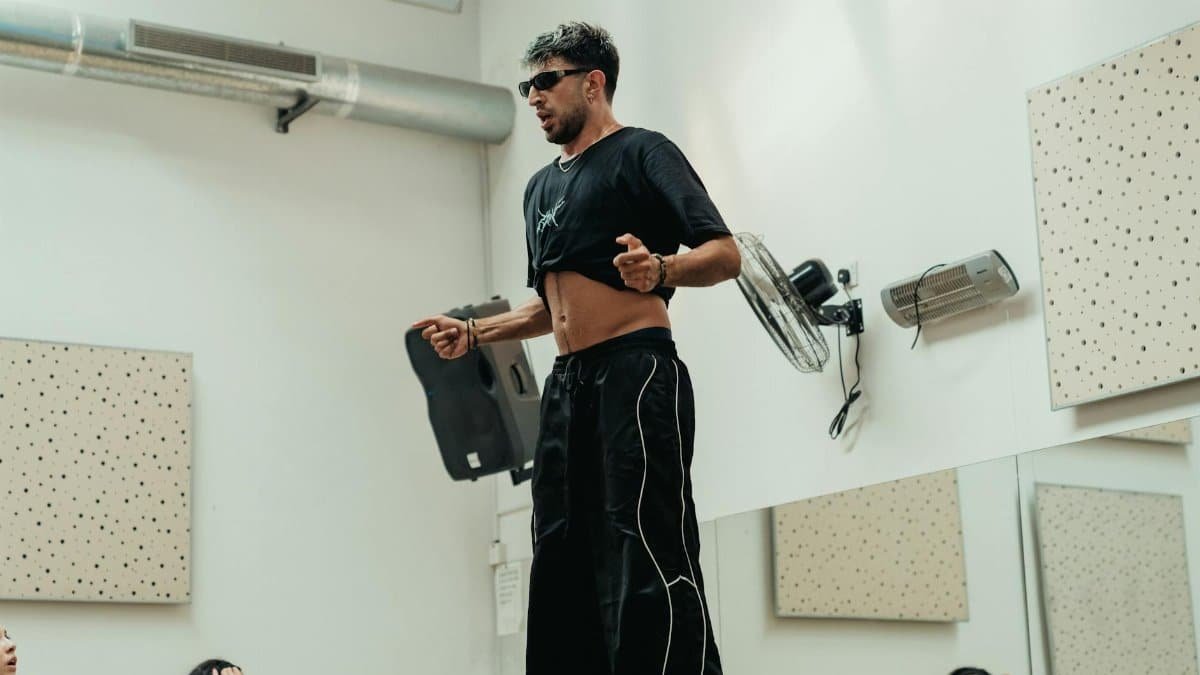
Balance in Eagle Pose, arms and legs crossed, gaze steady. Hold the challenge briefly. Then, unwind into Easy Pose, legs crossed comfortably, hands on knees, eyes closed. This polarity yoga flow pairs intense concentration with gentle stillness, a balance the nervous system often needs amid daily chaos. It’s a quiet way to recenter during a busy day.
10. Activate and Restore: Boat Pose to Supine Twist
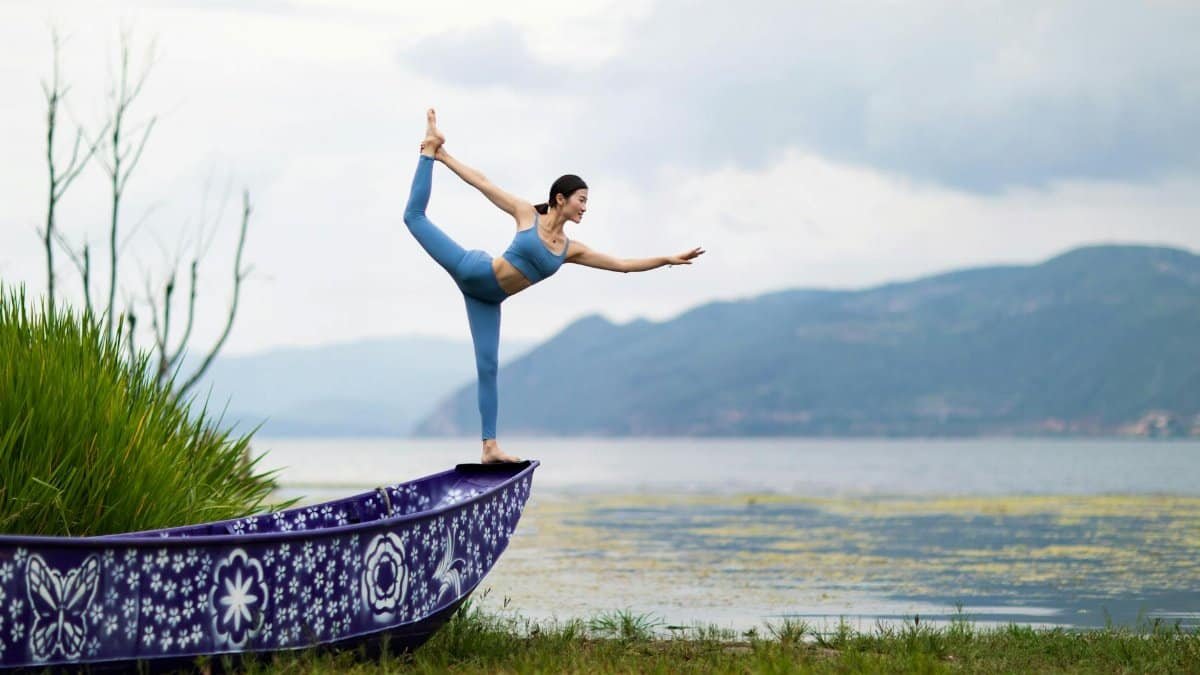
Sit into Boat Pose, legs lifted, core engaged, holding for a few breaths. Then, lie back for a Supine Spinal Twist, knees to one side, arms wide. This transition from active strength to passive release eases the lower back while calming the mind. Data from the Harvard Medical School underscores yoga’s role in reducing anxiety through such mindful shifts. It’s ideal post-workout or before bed.
11. Stretch and Surrender: Low Lunge to Pigeon Pose
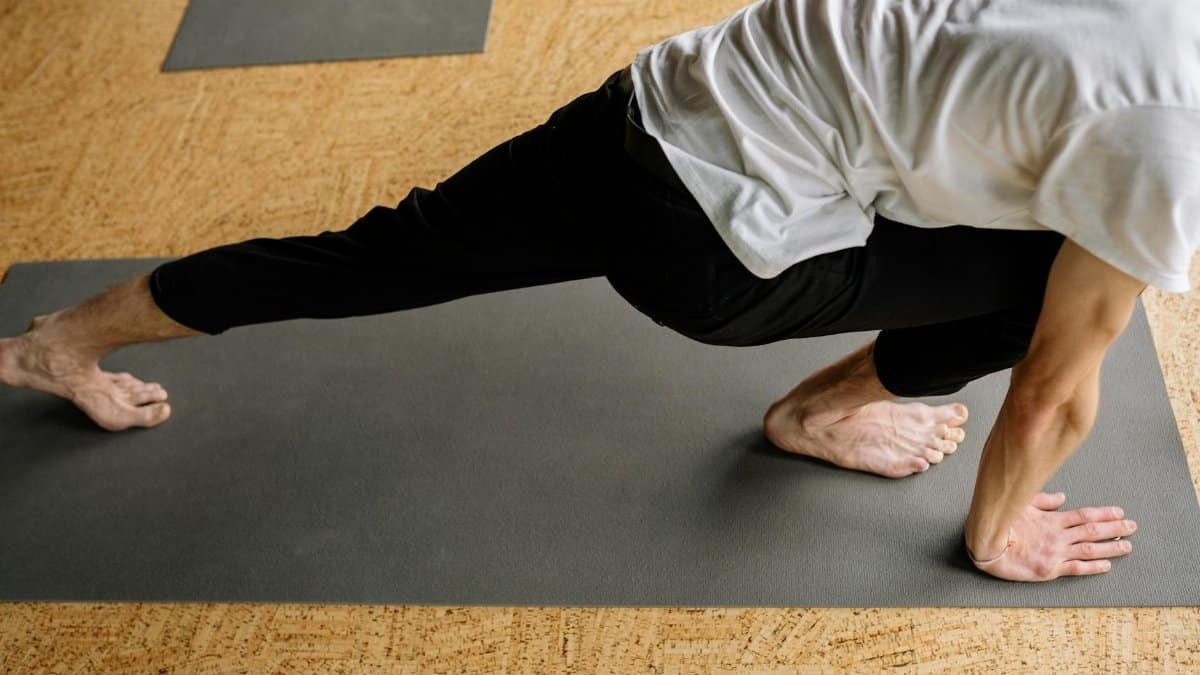
Step into a Low Lunge, one leg forward, back knee down, hips opening. Breathe into the stretch. Then, shift into Pigeon Pose, folding forward over the bent leg, resting fully. This flow moves from an active opener to a deep, surrendering stretch, releasing stored tension. It’s a potent way to address emotional stress held in the body, especially in the hips.
12. Build and Release: Bridge Pose to Savasana

Lift into Bridge Pose, hips pressing up, shoulders grounded, activating the posterior chain. Hold for a few breaths. Then, lower down into Savasana, limbs relaxed, fully letting go. This final polarity yoga flow encapsulates the essence of balance—building strength, then dissolving effort. It’s a fitting close to any practice, leaving the nervous system in a state of harmony. One local instructor in a small Midwest studio shared watching students’ faces soften in Savasana, a visible sign of internal shift. End here, feeling the body’s quiet gratitude.
These 12 flows aren’t just sequences; they’re a framework for navigating life’s inherent polarities. In a time when overstimulation is the norm, they offer a practical tool to toggle between doing and being. Whether practiced in a studio or a living room, they remind us that balance isn’t static—it’s a rhythm. And in 2025, finding that rhythm feels more essential than ever.
